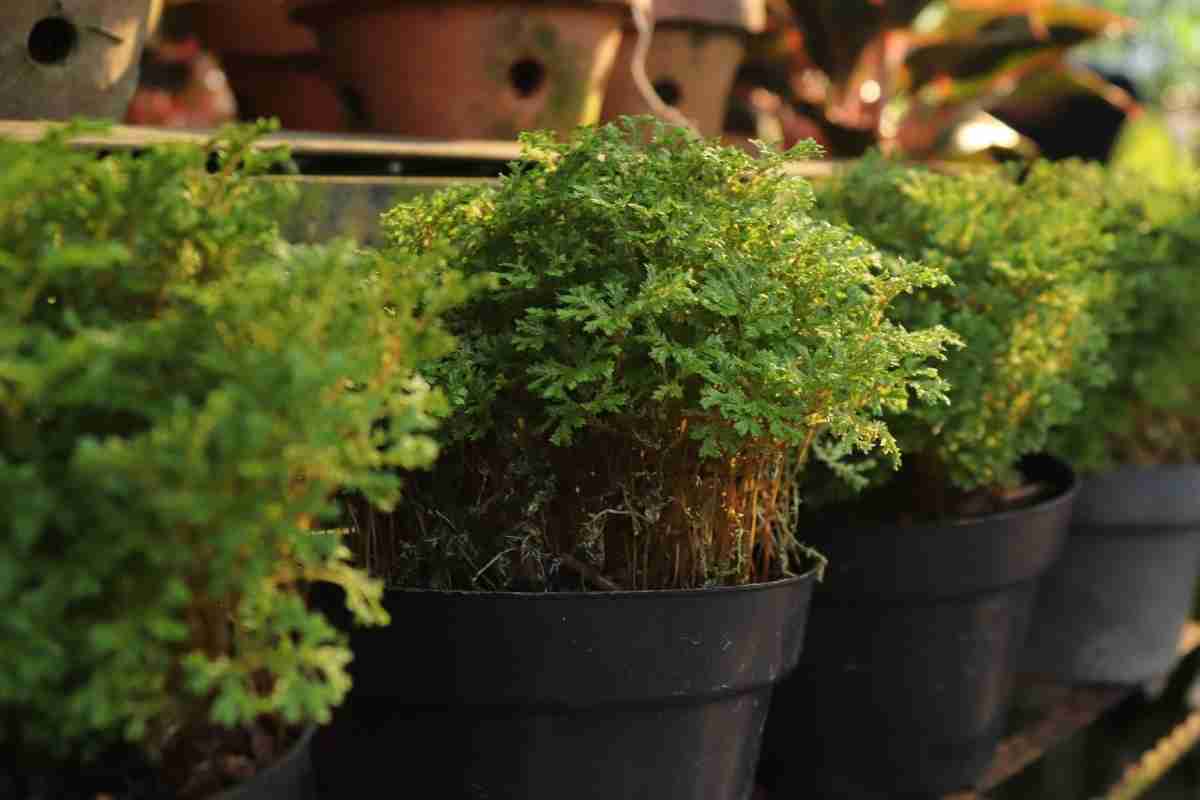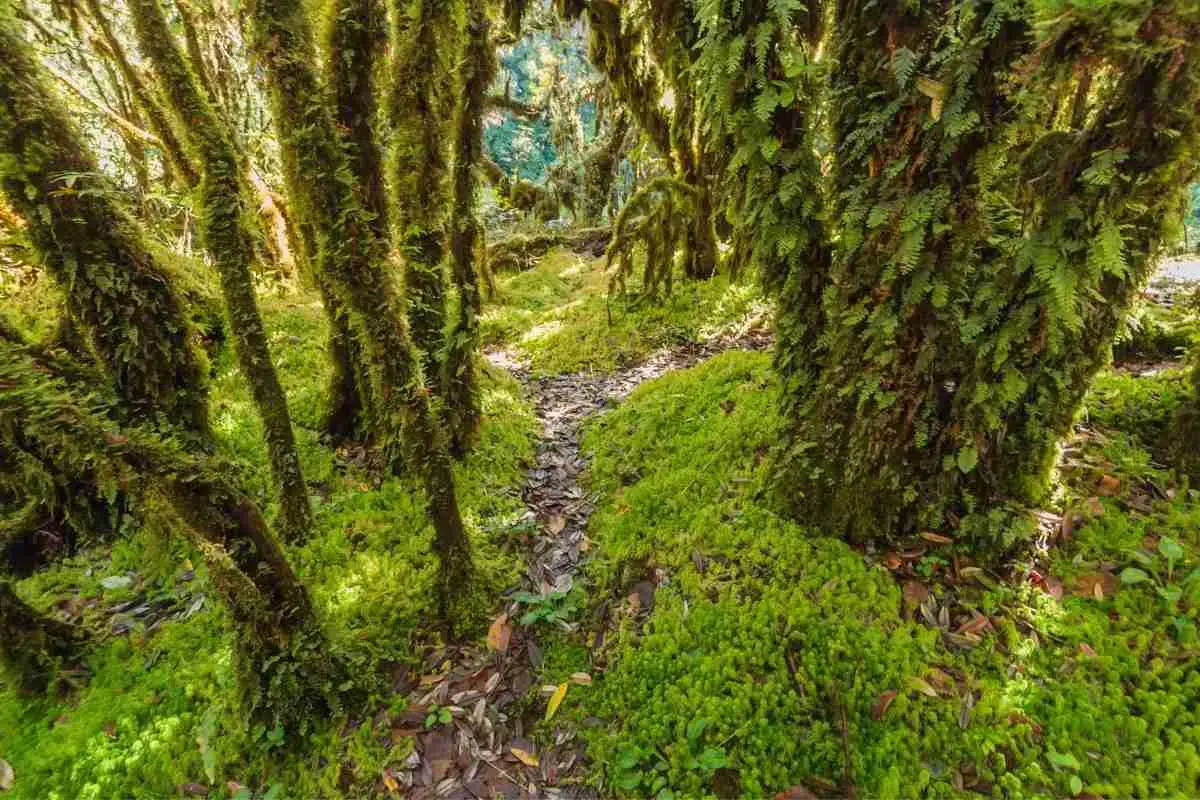
8 Types Of Moss That Grows On Trees
Read more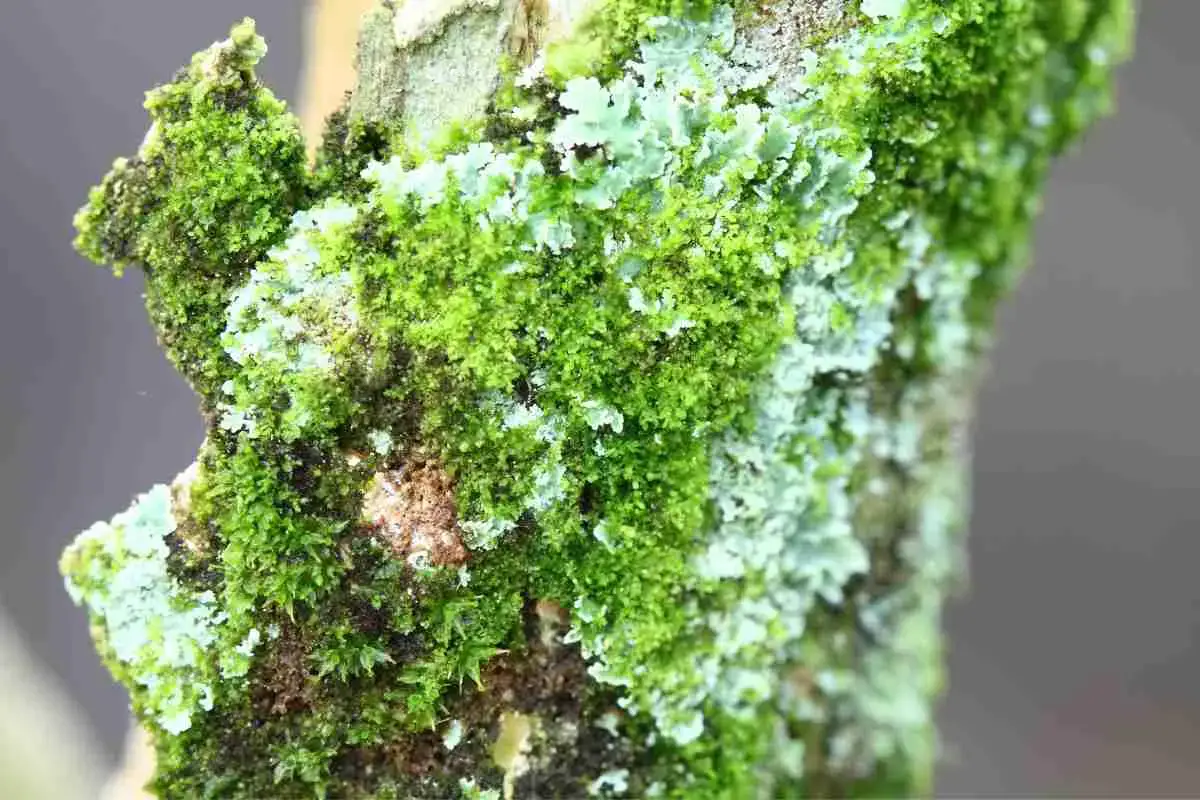
What Do Lichens Eat?
Read more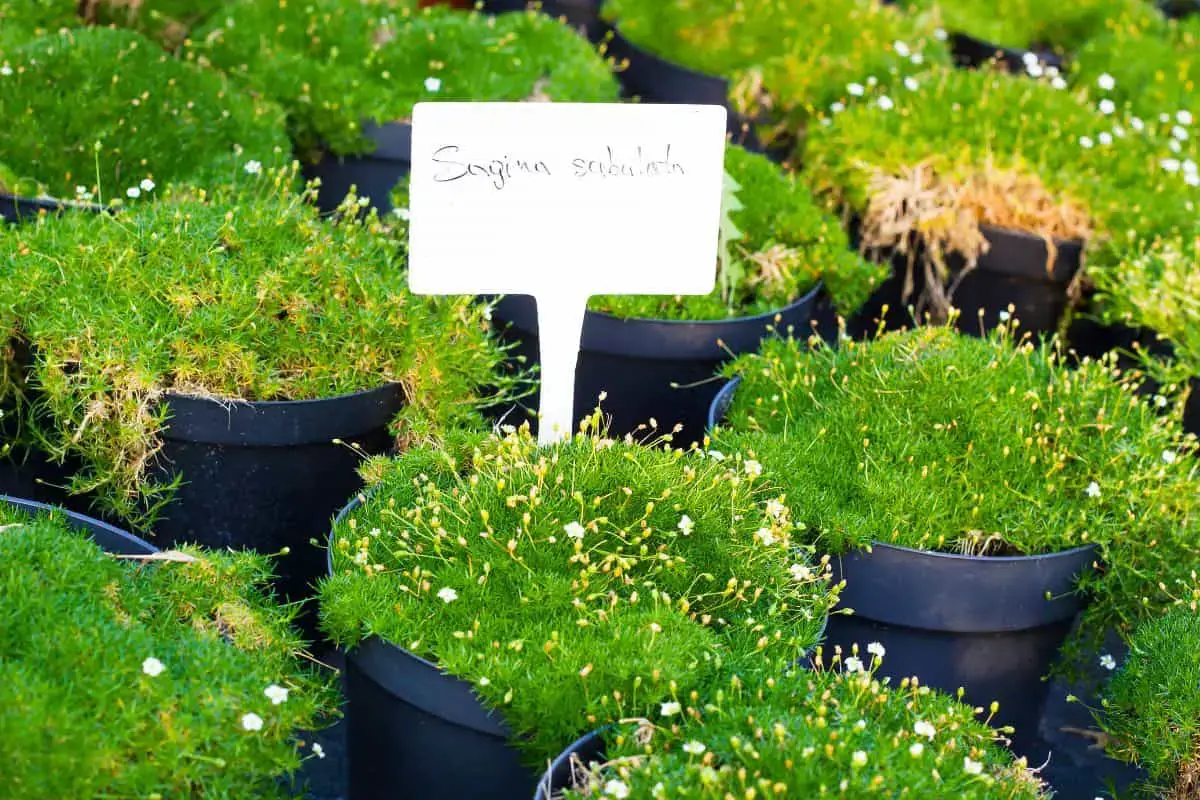
How To Grow Irish Moss Between Pavers?
Read more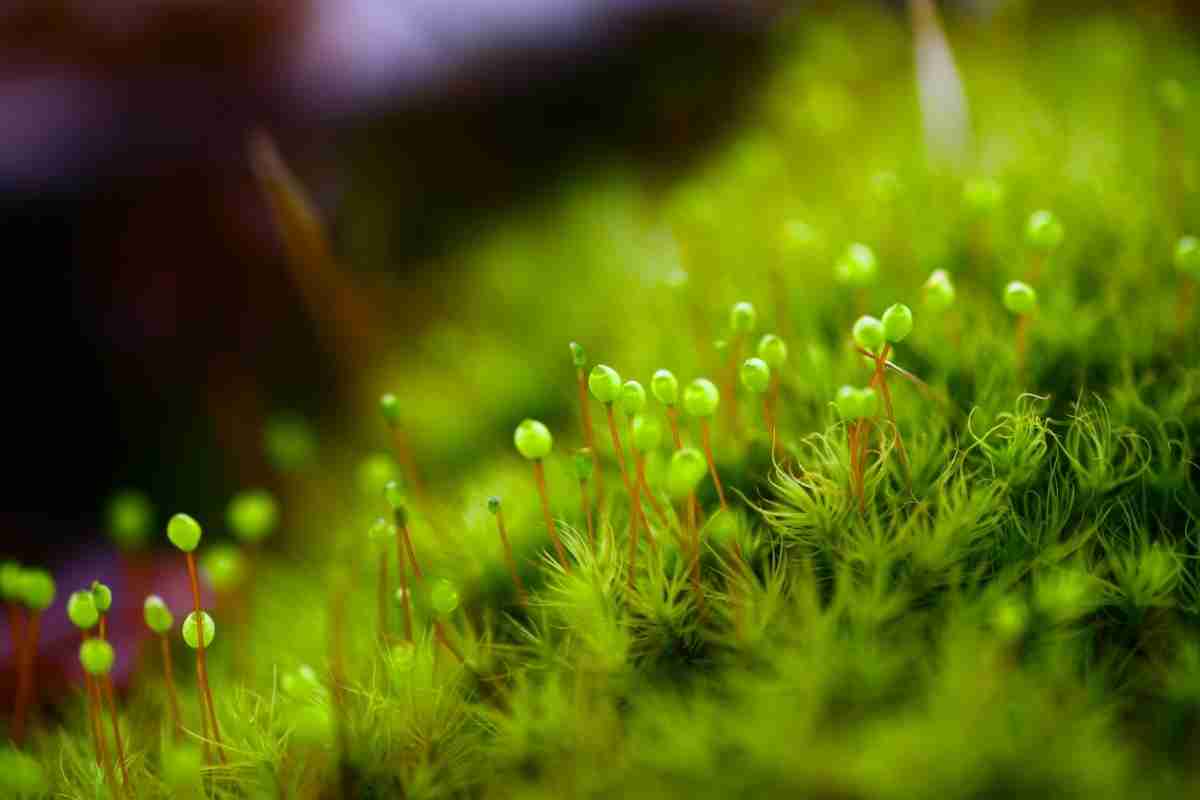
How Does Moss Reproduce? (Asexually And Sexually)
Read more
Does Sphagnum Moss Mold? Causes & Prevention
Read more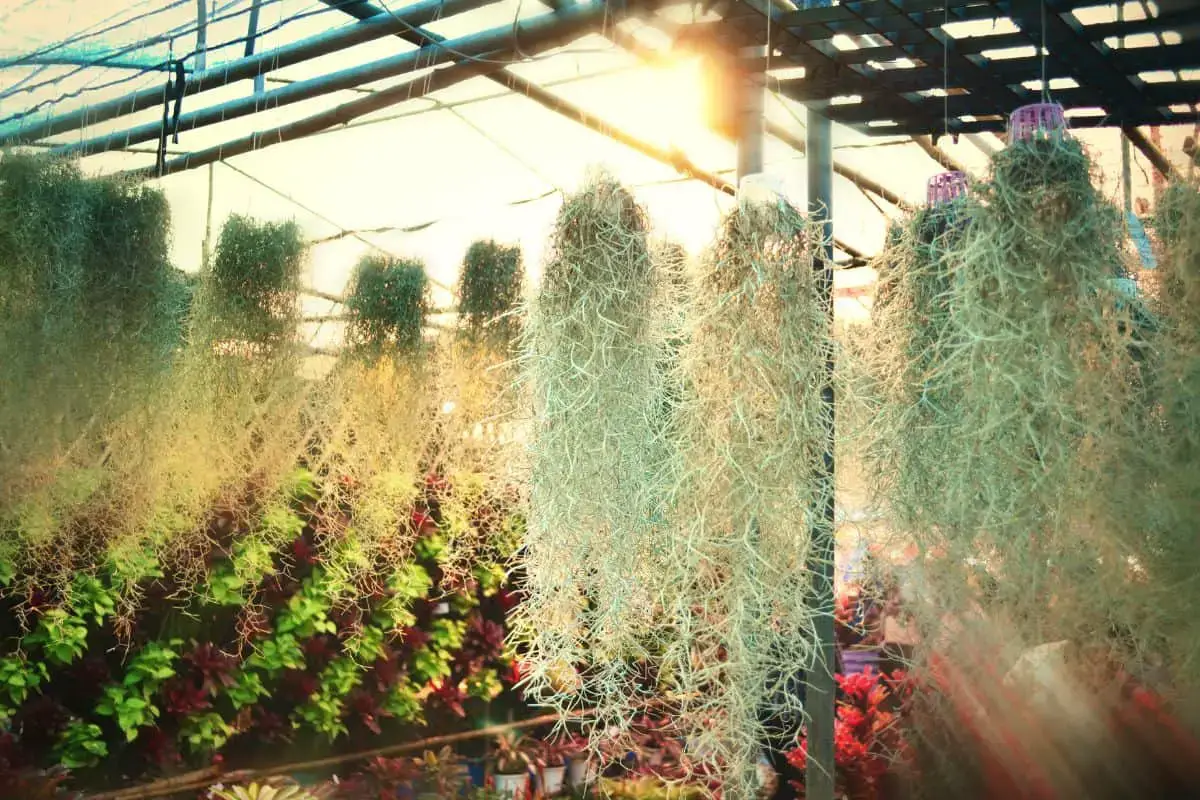
Is Your Spanish Moss Turning Brown? Here’s Why!
Read more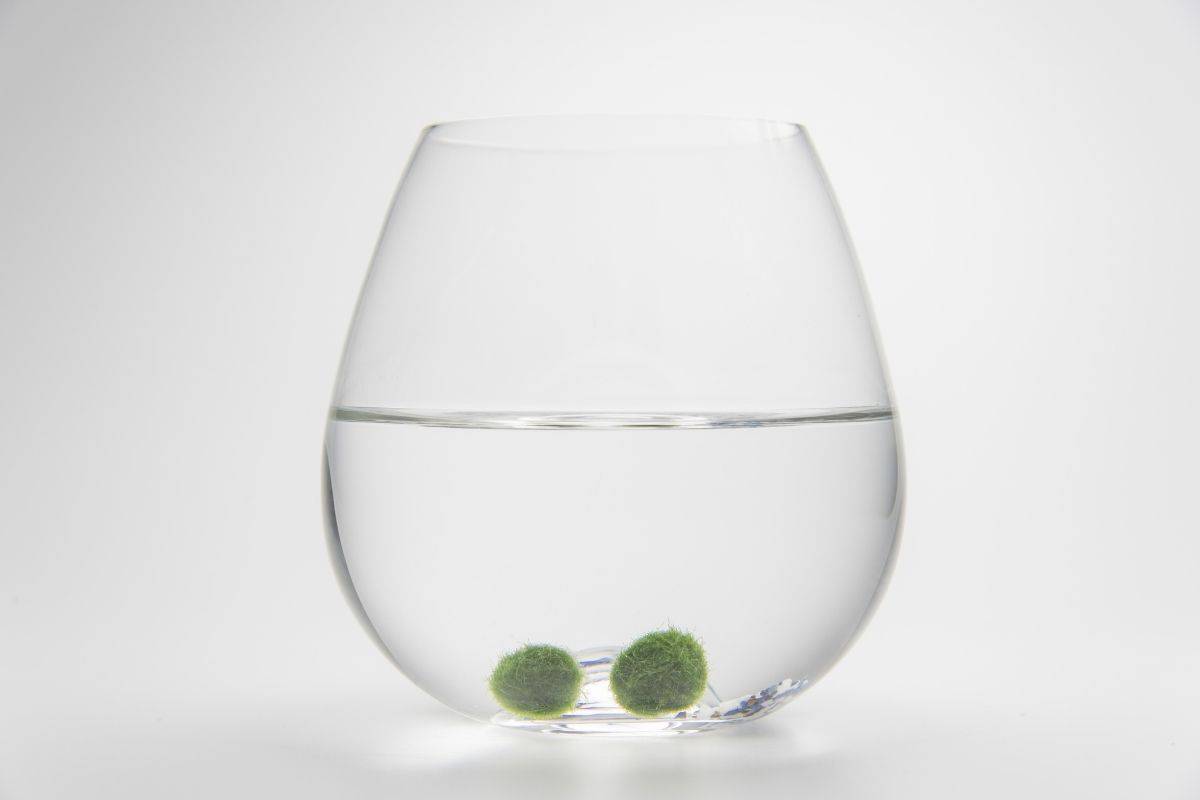
Do Moss Balls Need Light? The Ultimate Question!
Read more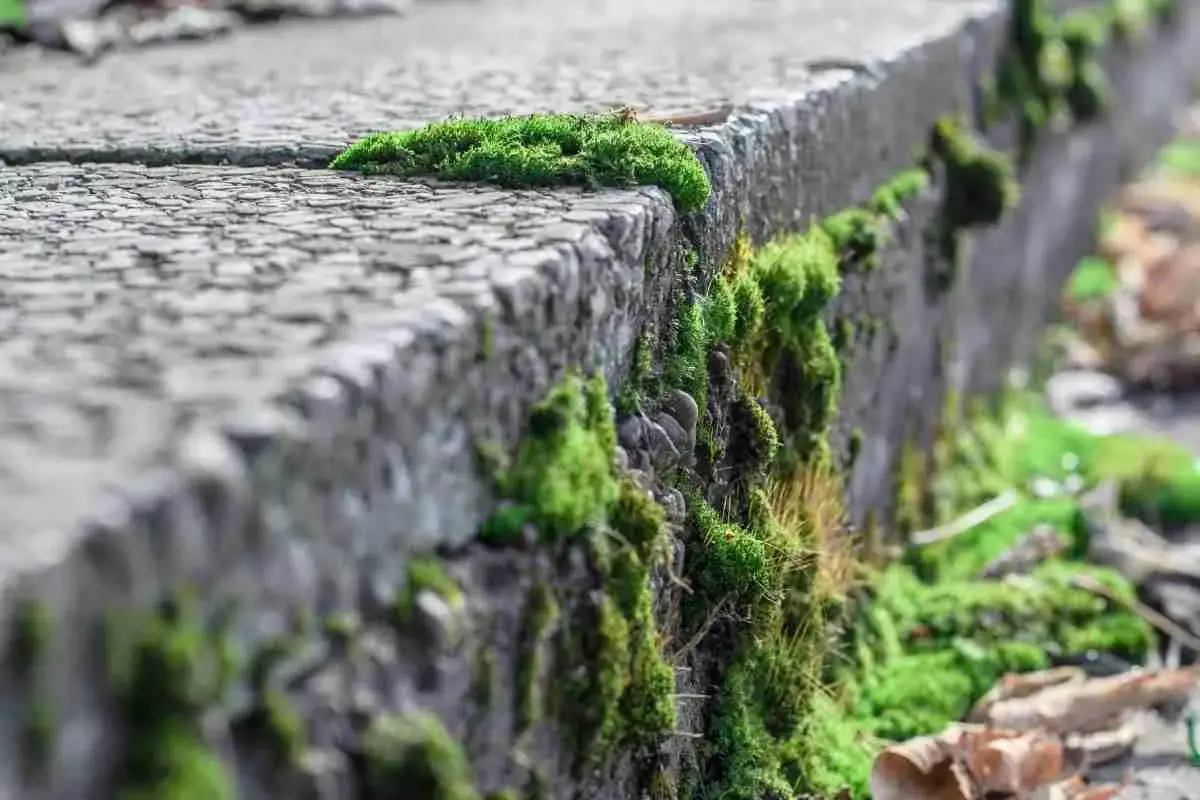
7 Ways To Permanently Remove Moss From Concrete
Read more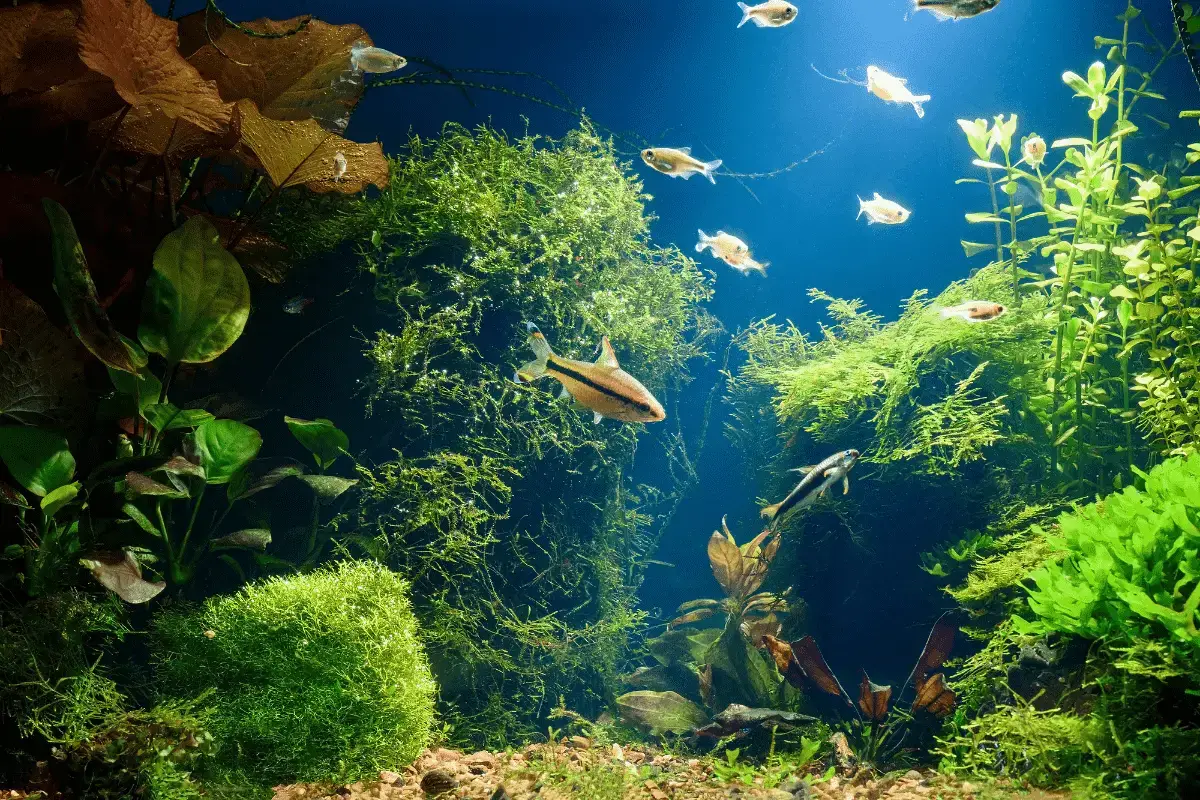
Do Moss Balls Grow? If So, How Fast?
Read more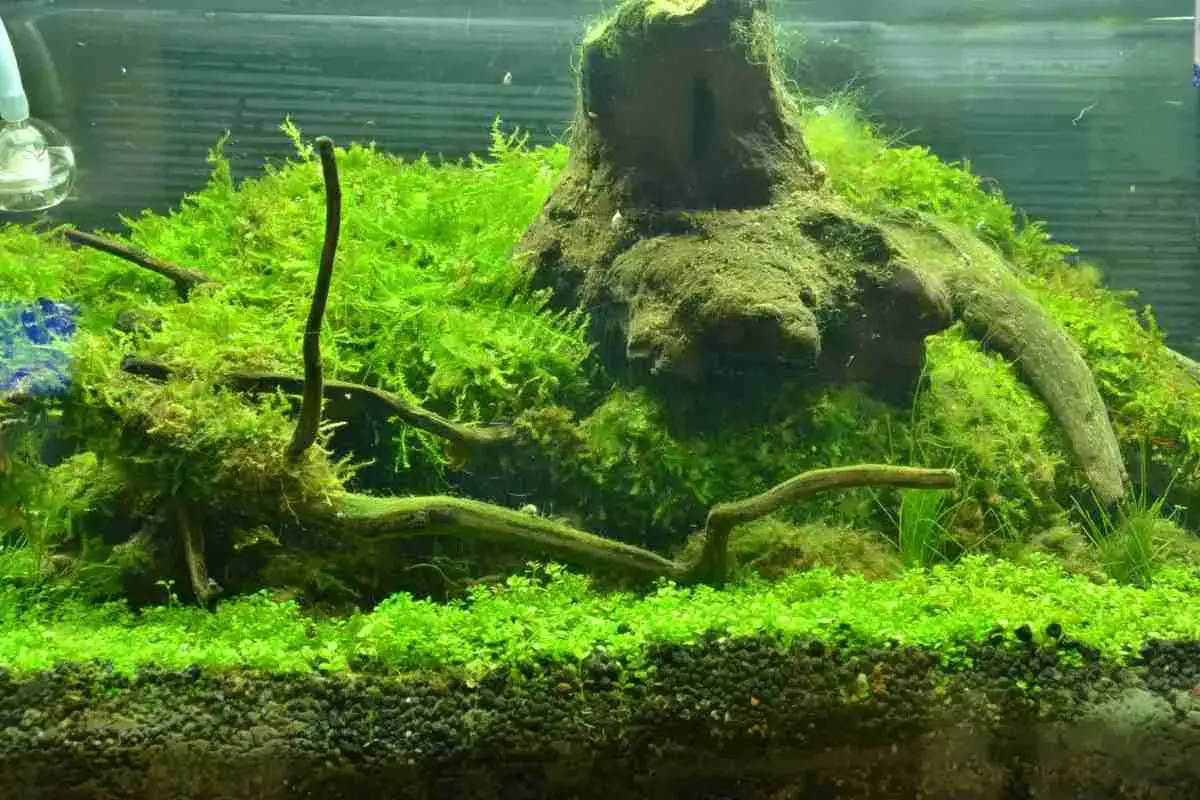
6 Simple Methods To Grow Java Moss Fast
Read more![The Dark Side of Moss. What side of the tree does moss grow on? [Simple Explanation]](/img/side-of-the-tree-does-moss-grow-on.jpg)
The Dark Side of Moss. What side of the tree does moss grow on? [Simple Explanation]
Read more